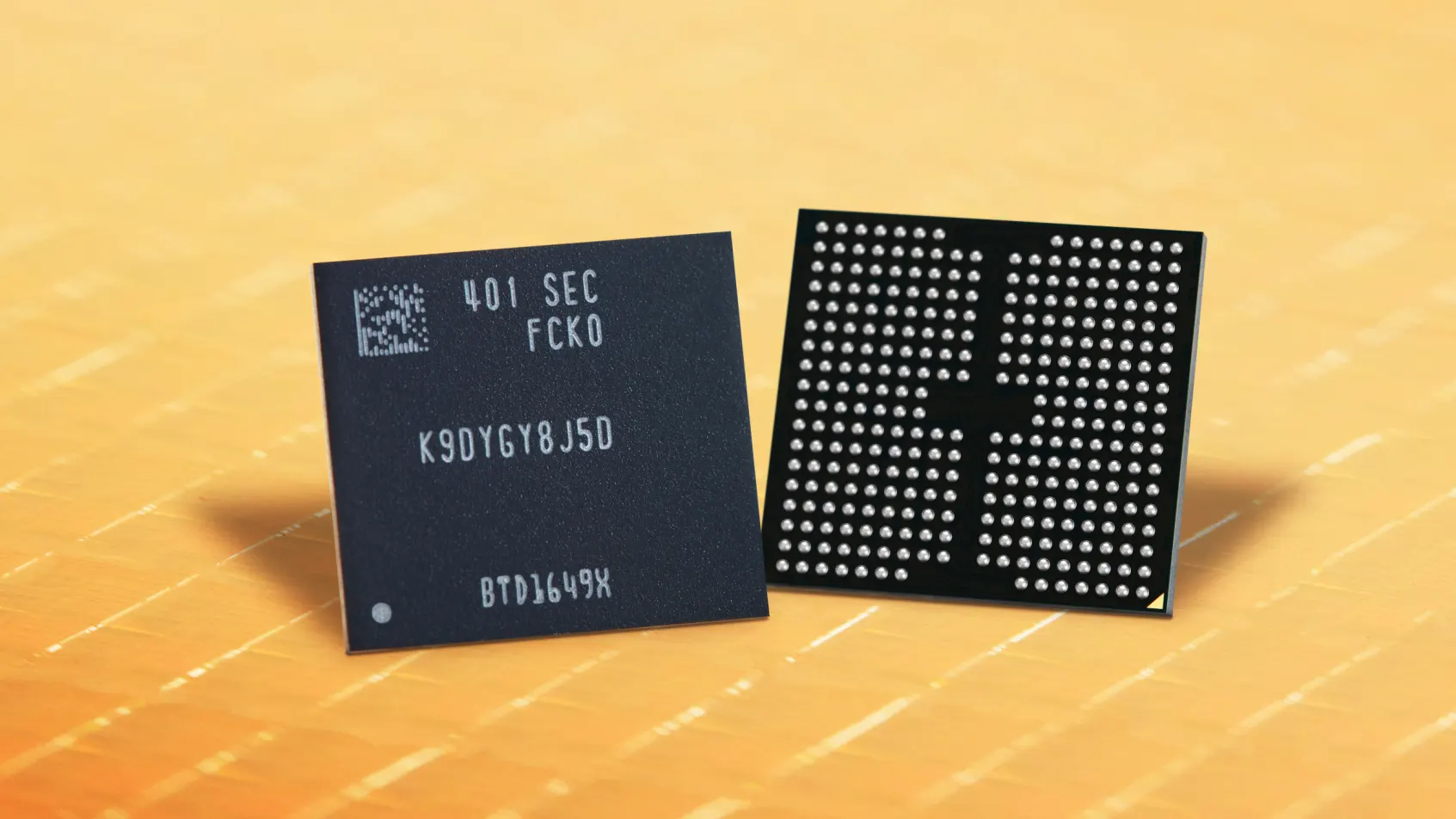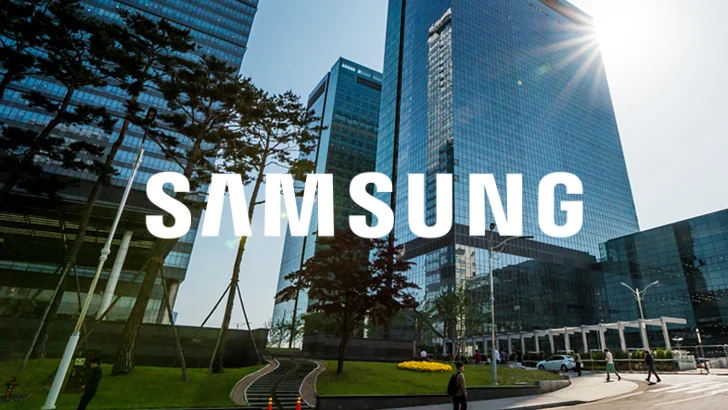Samsung
Samsung to launch Galaxy Tab S9 line with IP67 certification in 2023

Samsung is not offering the water resistance capability first time to any tablet, it has previously had an Active series tablet that comes with an IP68 certificate, and we know it as Galaxy Tab Active 3; however, the company has no other high-end tablet that comes with this ability.
Samsung will bring Galaxy Tab S9 with IP67 certification
According to the reports, Samsung will introduce its first water-resistant high-end tablet in the form of Galaxy Tab S9; the upcoming tablet will come with IP67 certification, which comes with dust assistance capability as well. You may probably think about the IP67 certification; let’s discuss it briefly.
First of all, IP rating is the certification that represents the level of protection provided by a device against the intrusion of solid objects and liquids; it always comes with two numbers first one denotes the level of protection from solid materials, and the second number represents the level of protection from liquid, in the Case of Tab S9, number 6 id for solid particle and the 7 represent the water-resistant. For Information, the IP68 rating is the highest certified rating that is available for any device.
Samsung has previously offered water-resistant in its several smartphones, which can easily survive in different wet conditions; smartphones just got better with every new generation, but the tablets didn’t get that much development, so maybe the company thinks that it’s not worth giving the IP certification for tablet as they are just used in the indoor, but as the Tablets got popular users are demanding this from a long time, and now it seems that company has changed its mindset and will give the proper water certification to the Tablets as well.
Samsung
Samsung Electronics Begins Mass Production For 9th-Gen V-NAND

The Korean Electronics firm announced that it has begun mass production for its one-terabit (Tb) tripe-level cell (TLC) 9th-generation vertical NAND (V-NAND).
One of the key reasons for beginning this mass production is just to solidify its leadership in the NAND flash market. This 9th generation V-NAND flash memory has significant improvements. It offers a 50% increase in storage density compared to its predecessor, the 8th-generation V-NAND. This appears due to the tiny cell size and thinner design.
The Korean giant also executed new techniques for upgrading the reliability and lifespan of the memory cells while eliminating dummy channel holes, which significantly reduced the planar area of the memory cells. The Head of Flash Products & Technology of the Memory Business at Samsung Electronics, SungHoi Hur, stated, “Through our latest V-NAND, Samsung will continue to set the trend for the high-performance, high-density solid-state drive (SSD) market that meets the needs of the coming AI generation.”
Samsung‘s advanced ‘channel hole etching’ technology exhibits the brand’s leadership in process capabilities. This technology creates electron pathways by stacking mold layers and increases fabrication productivity as it authorizes simultaneous drilling of the industry’s highest cell layer count in a double-stack structure. As the cell layers increase, the capability to pierce through higher cell numbers becomes crucial, demanding more complicated etching techniques.
The 9th-generation V-NAND is enabled with the next-gen NAND flash interface, Toggle 5.1, which will help to support the increased data input and output speeds by at least 33% to up to 3.2 Gbps. The Korean giant plans to solidify its position within the high-performance SSD market by expanding support for PCIe 5.0.
With the advancement in low-power design, power consumption has also improved by 10%.
Samsung
Samsung Gains 23 Patents For ‘Self-Record’ From Seagate in the USA

The Korean brand ‘Samsung’ announced that recently it bought 23 patents related to magnetic recording technology from Seagate.
The giant sold its own HDD business and patents to Seagate 13 years ago, and now it is acquiring specific magnetic recording patents instead of ones it previously owned. The patents are possibly for data storage advancements, potentially for use in Samsung’s memory or storage products.
The aim behind the purchase is yet to be debated; some have speculated that Samsung probably uses these patents to upgrade its in-memory computing technology, whereas others are expecting that it’s simply to cut ties with Seagate after their previous business dealings. It has become known that most of the acquired patents are from 2002–2020, and four have already expired.
Back in 2011, Samsung sold its hard disk drive (HDD) business and a total of 479 patents to Seagate, and this was part of a major deal that pointed to various twerks; for instance, the Korean giant getting some of Seagate’s stock, collaboration on future storage solutions, Seagate providing HDDs for Galaxy devices, and many more. Later, in 2016, the Korean giant sold all of its Seagate stock.
Now the reports are saying that Samsung has bought 23 patents related to magnetic recording technology from Seagate. Some experts are saying that Samsung could use magnetic recording patents to develop MRAM-based in-memory computing technology, which is a powerful memory type with advantages for AI chips. At the moment, the exact reason behind this step is not clear.
An industry insider released a statement: “It may be an attempt by Samsung Electronics to settle the remaining business relationship after selling its stake in Seagate in the past, or it may be a kind of fake patent purchase strategy to deceive competitors.”
Via – TheLec
Samsung
Samsung Galaxy AI’s Circle to Search Could Soon Get a new Upgrade

Samsung introduced its Galaxy AI, which consists of several generative AI features. Circle to Search with Google is one of the most admired features. Now, it may soon get a major upgrade based on comments made in a recent Made by Google Podcast episode.
The Circle to Search with Google feature is available on both Galaxy S24 and Pixel 8 devices, and reports are saying that soon it could get a big usability upgrade and become a bit harder to trigger by accident. The forthcoming changes will be based on comments made in a recent Made by Google Podcast episode, in which host Rachid Finge spoke with Erin Lynch and Alistair Pott, who worked with the Circle to Search development team.

During the podcast, Lynch admits that the circle to search with was quite easy to activate by accidental touches as it’s located on the same gesture bar or home button that users use for other purposes most of the time. Regarding this, she and Pott assured that Google was working to fix it to avoid accidentally activating this feature; however, they didn’t elaborate on the assurance.
However, the Circle to Search feature already received an update that gives it the power to translate circled text. It is expected that the future update could be a combined search and lens results page while using the Circle to Search feature instead of having them separate as they are now.
Apart from this, the podcast unveiled a few interesting twists regarding how Circle to Search came to be. It came to light that it is based on Google Lens and has been in development since January 2023, after Google staffers were actively working on how Lens became more readily available outside its app.










